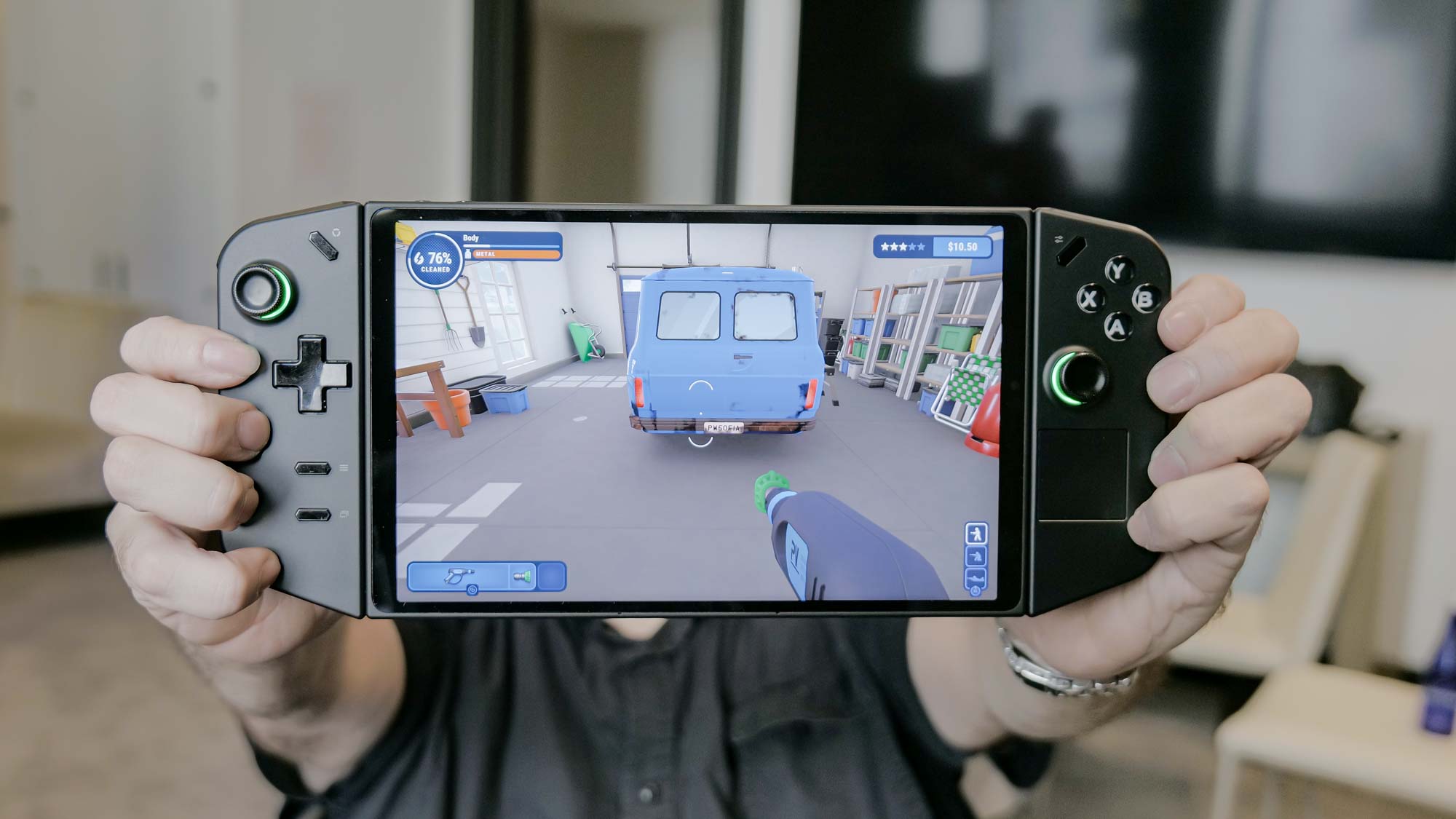
Steam Deck is arguably the best handheld gaming console out there — especially now with the Steam Deck OLED. Valve’s small wonder ignited a handheld arms race, with a slew of competitors releasing similar devices in 2023. Of these, the Windows 11-driven Asus ROG Ally and Lenovo Legion Go gave the Steam Deck a real fight, even if neither managed to unseat the Valve handheld.
While the Steam Deck OLED is still the handheld console to beat, Asus' and Lenovo’s offerings are worthy of consideration. I think both are excellent — if imperfect — systems, but after extensive hands-on time, there’s a clear winner for me. Namely, the Lenovo Legion Go.
Why is the Lenovo Legion Go my favorite non-Steam Deck handheld of 2023? A gaming machine is defined by more than the games it offers, and the Legion Go has unique features that neither the Steam Deck nor ROG Ally can match. Because of that, it’s the system I’d recommend for those looking for a Steam Deck alternative. Allow me to explain why.
Large 8.8-inch display
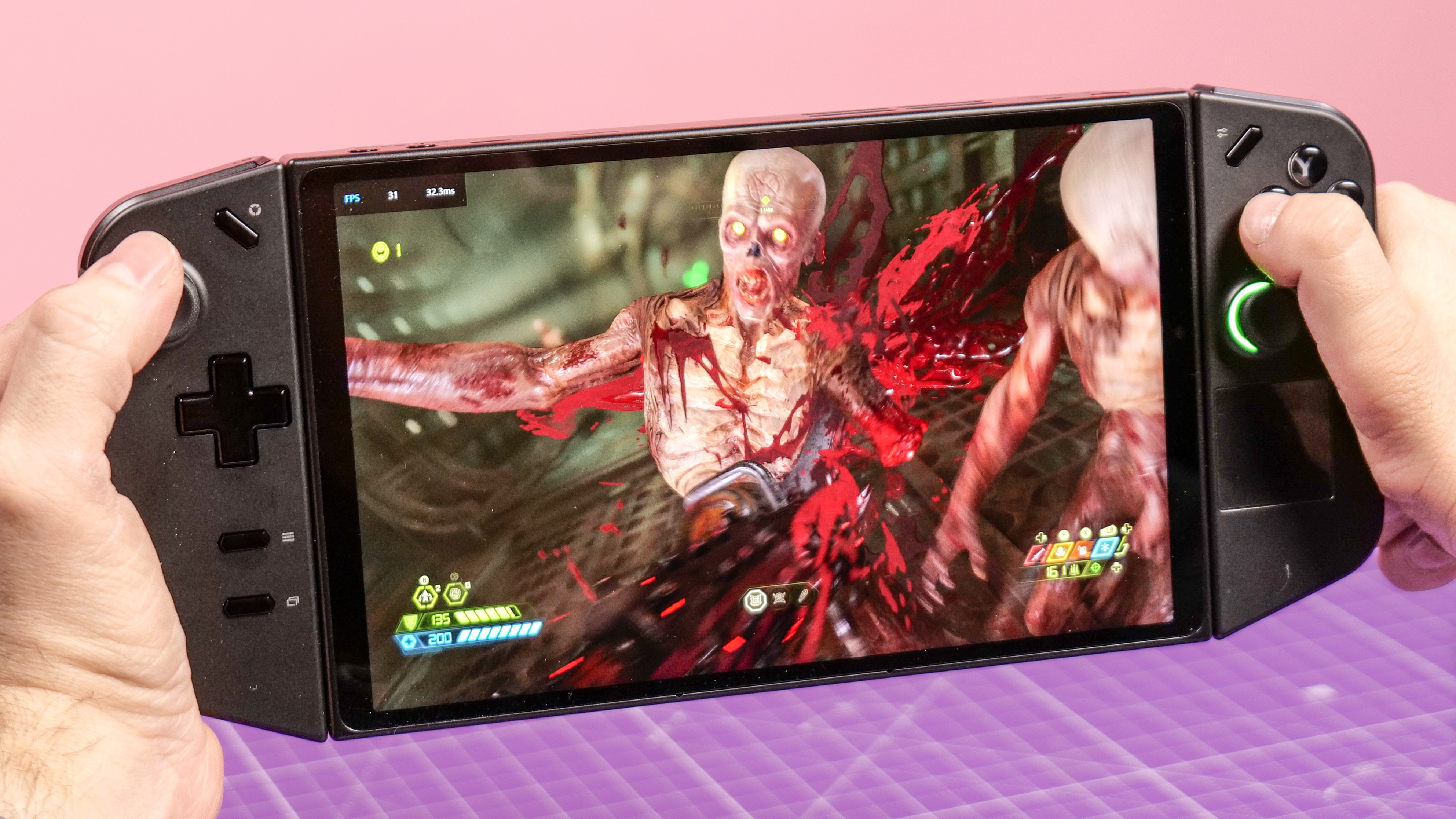
Like I said in my Lenovo Legion Go review, the system’s 8.8-inch display is, quite literally, one of its biggest features. It looks enormous compared to the 7-inch displays of the Steam Deck, Asus ROG Ally and AyaNeo 2S. Its competitors also can’t match the 2,560 x 1,600 resolution and 144Hz refresh rate.
Cyberpunk 2077, Doom Eternal and Marvel’s Spider-Man look phenomenal on the Legion Go’s super-sized screen. The display isn’t OLED but there’s good contrast between darker and lighter elements. Colors are vibrant, and the sharp resolution lets you see fine detail in the games’ environments. None of the games I played can take advantage of the 144Hz refresh rate, but at 60 frames per second (FPS), they all run smoothly.
Our lab tests confirmed my experience. Using our trust Klein-10 colorimeter, we found that the Legion Go’s display averaged 476 nits of brightness. That’s a little below the advertised 500 nits, but still plenty bright. Color saturation-wise, the Legion Go achieved 151.8% of the sRGB color gamut and 107.5% of the more demanding DCI-P3 color space. The screen scored 0.21 on the Delta-E color accuracy test (closer to 0 is best). In short, the Legion Go’s display is both bright and vibrant.
Detachable controllers
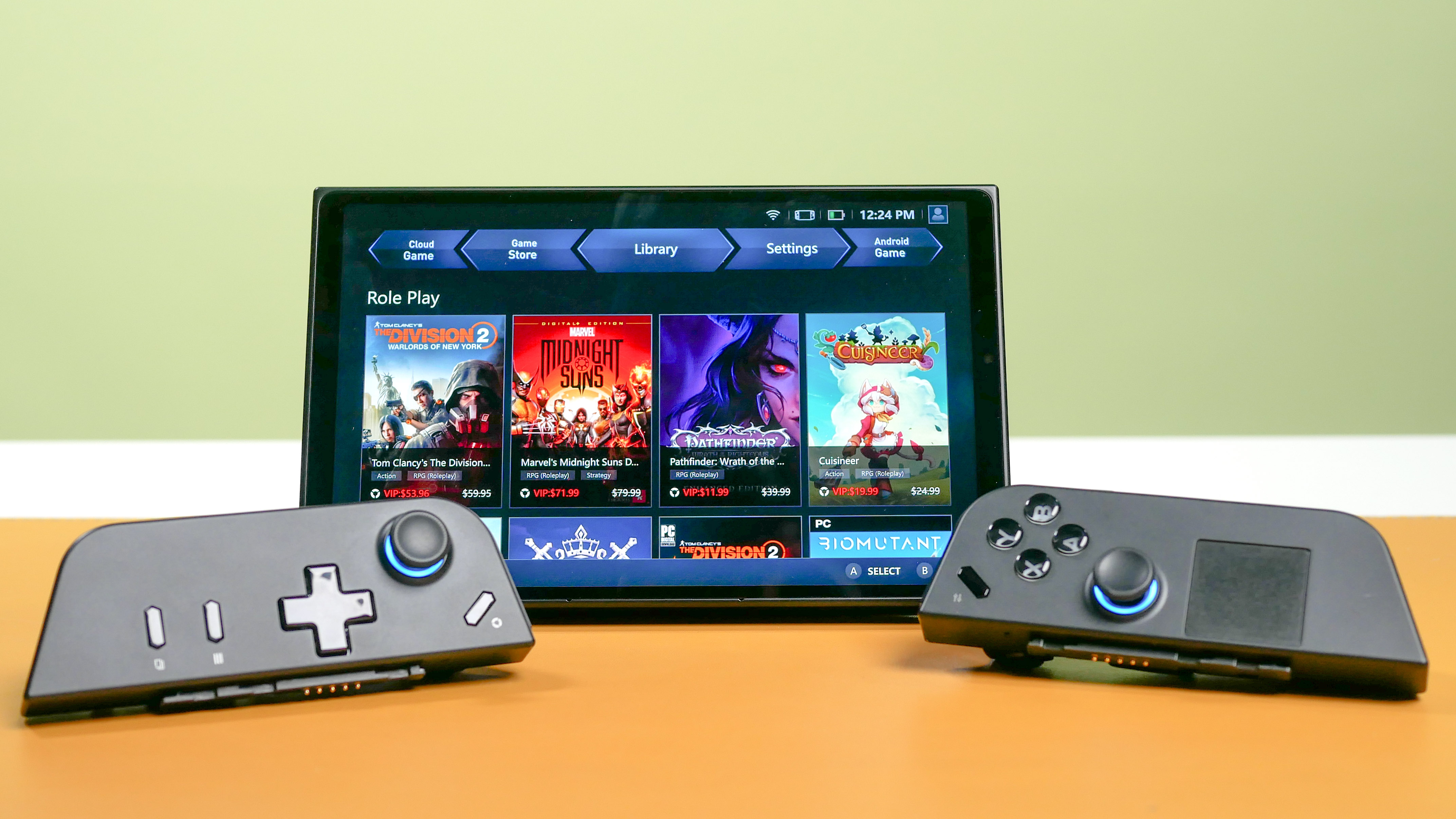
In my review and other articles I've written about the Legion Go, I chastised the detachable controllers. Not only are they difficult to detach, but I think using the right controller as a pseudo mouse doesn’t work as well as advertised. But to be fair, I also have to commend the Legion Go for offering detachable controllers, even if they’re not perfect.
While I’m most comfortable playing the Legion Go with its controllers attached, I understand this might not be the case for others — especially those who might have problems holding the large device, or who simply want to sprawl on their couch (or bed) while gaming. The controllers also work just as well detached as attached, meaning your ability to perform actions shouldn’t be affected.
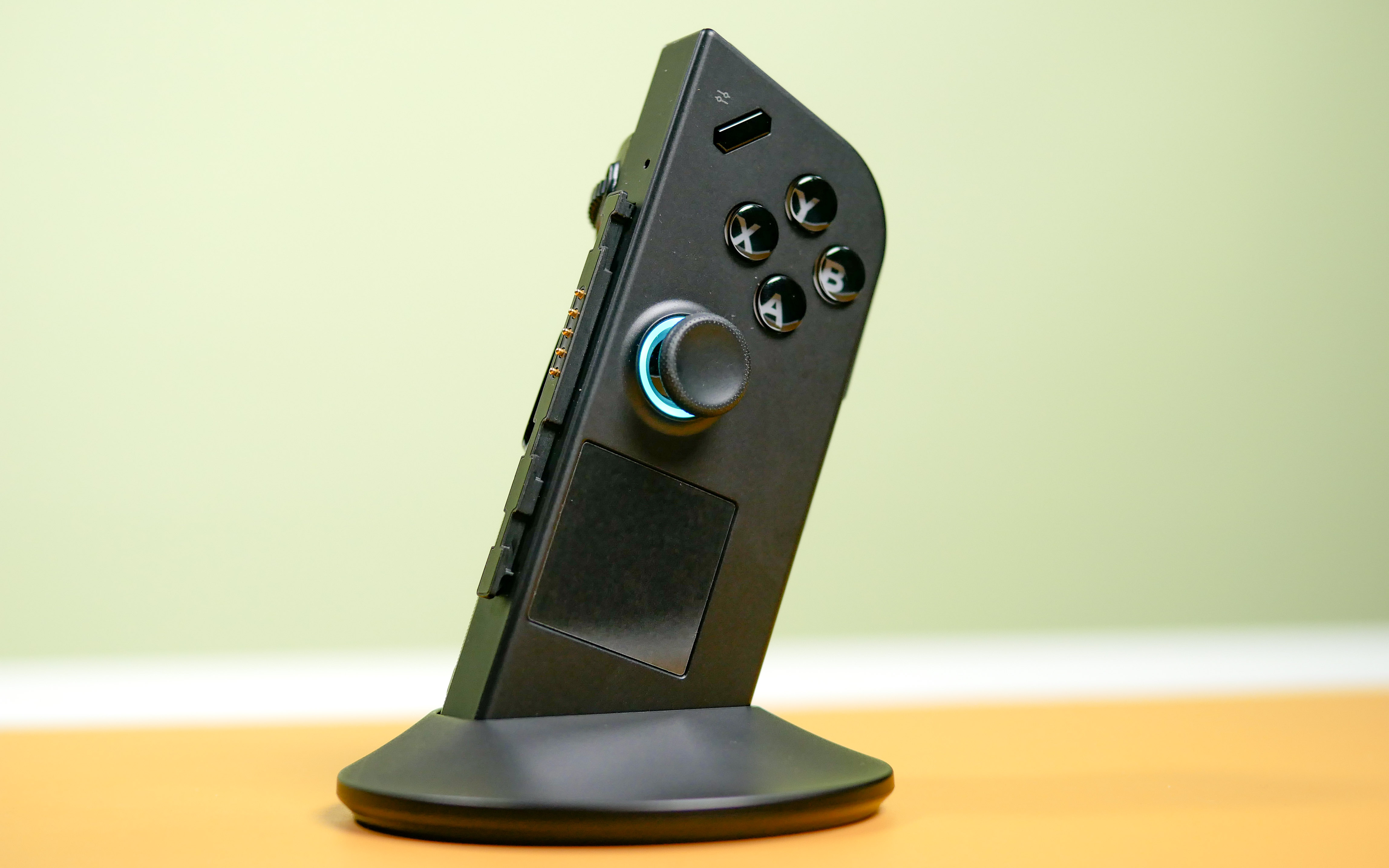
I don’t like using the right controller as a mouse, but I respect the fact that this functionality exists. Maybe I’m not a fan, but there might be others who can (or have) made good use of playing first-person shooters with a detached right controller. No other handheld that I’m aware of has this feature, and I’m certain Lenovo can improve it in future Legion Go iterations.
Intuitive interface
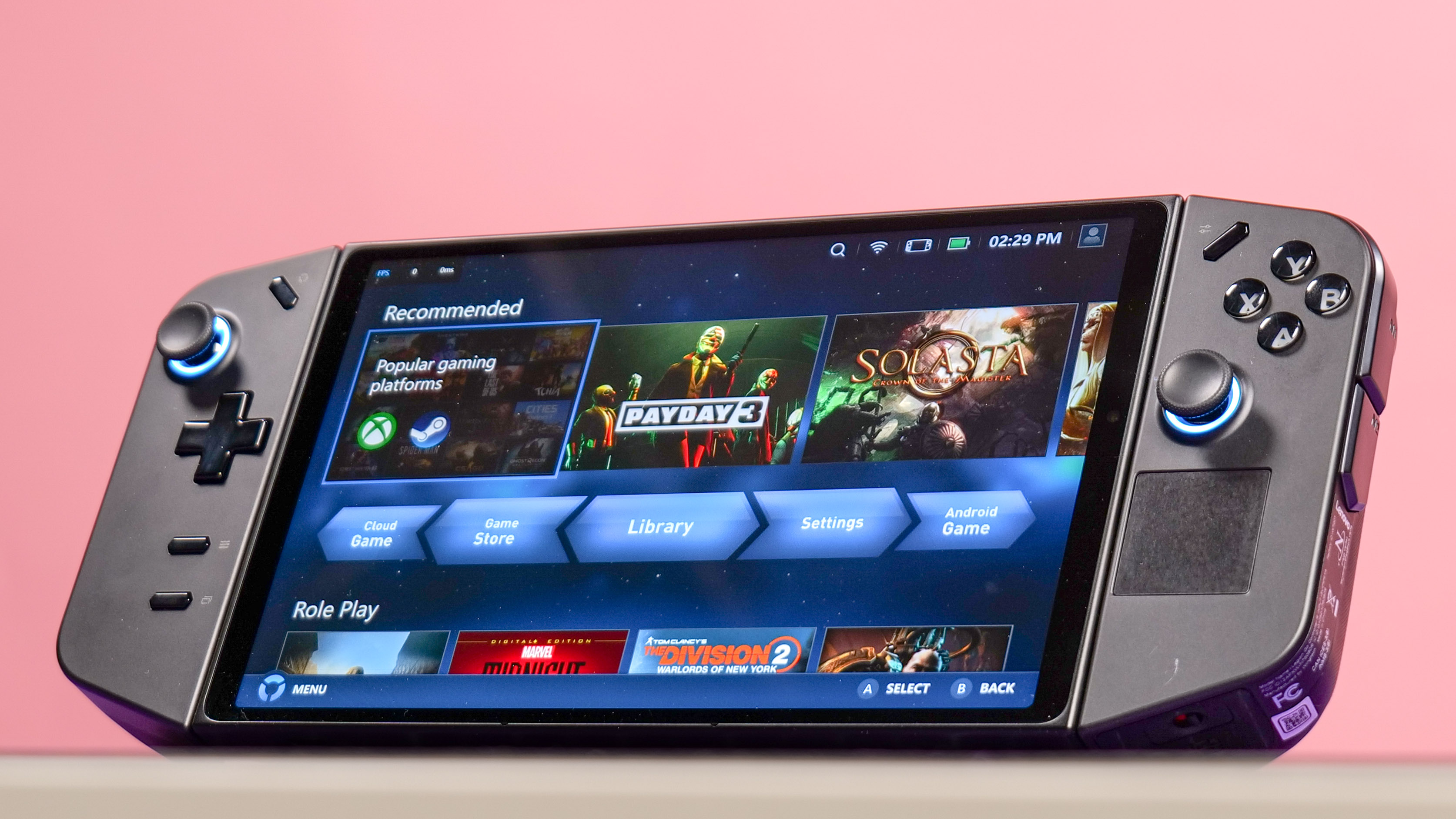
Since the Legion Go runs on Windows 11, you’re able to run any Windows-compatible game or program on the device. That’s a big selling point, but as I’ve said in my review of the Legion Go and Asus ROG Ally, Windows 11 is both a strength and a weakness. That aside, I’m pleased with the built-in Legion Go launcher, which is almost as intuitive and robust as SteamOS on the Steam Deck.
Legion Space lets you quickly jump into your games and connect to gaming services like Xbox, Epic Games, Ubisoft Connect, Steam, GoG, Rockstar Social Club and Giants Software. You can also purchase games via Gamesplanet.com, which is an online retailer that sells games from various publishers. If you want, Android games are also available from the Microsoft Store.
The settings menu features a lot of customization options, including setting the device’s performance mode, display resolution, refresh rate and controller mapping. You can also customize the lighting effects, view screenshots you snapped, check download status for games and more. The quick settings button gives you access to some of these options, but you get the full suite of settings in Legion Space. There are a ton of things you can fiddle with, which is great.
Built-in kickstand
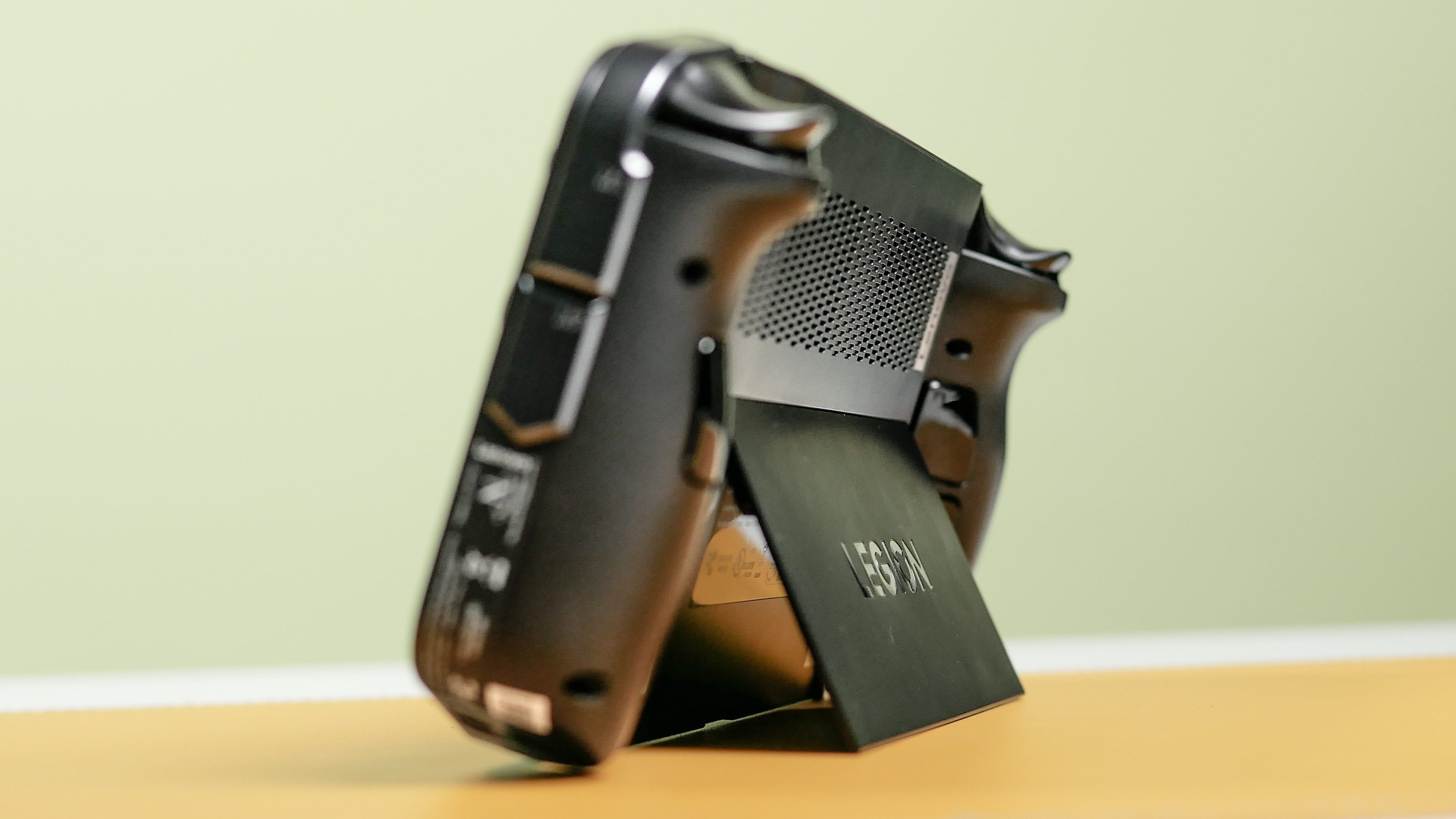
Unlike the Switch, which has a thin and flimsy kickstand on the back, the Legion Go has a wide kickstand that covers its entire backside. This not only ensures the handheld won’t topple over when you set it on a flat surface, but it also opens up an alternative way to play.
While the Legion Go isn’t as heavy as it appears, it can feel hefty after extended use. To counter this, I like flipping the kickstand open, setting the handheld on a desk, and playing it while keeping the controllers attached to the handheld. Yes, I can also play this way on the Nintendo Switch, but its thin kickstand makes it a cumbersome experience. The Legion Go’s built-in kickstand is a true winner.







